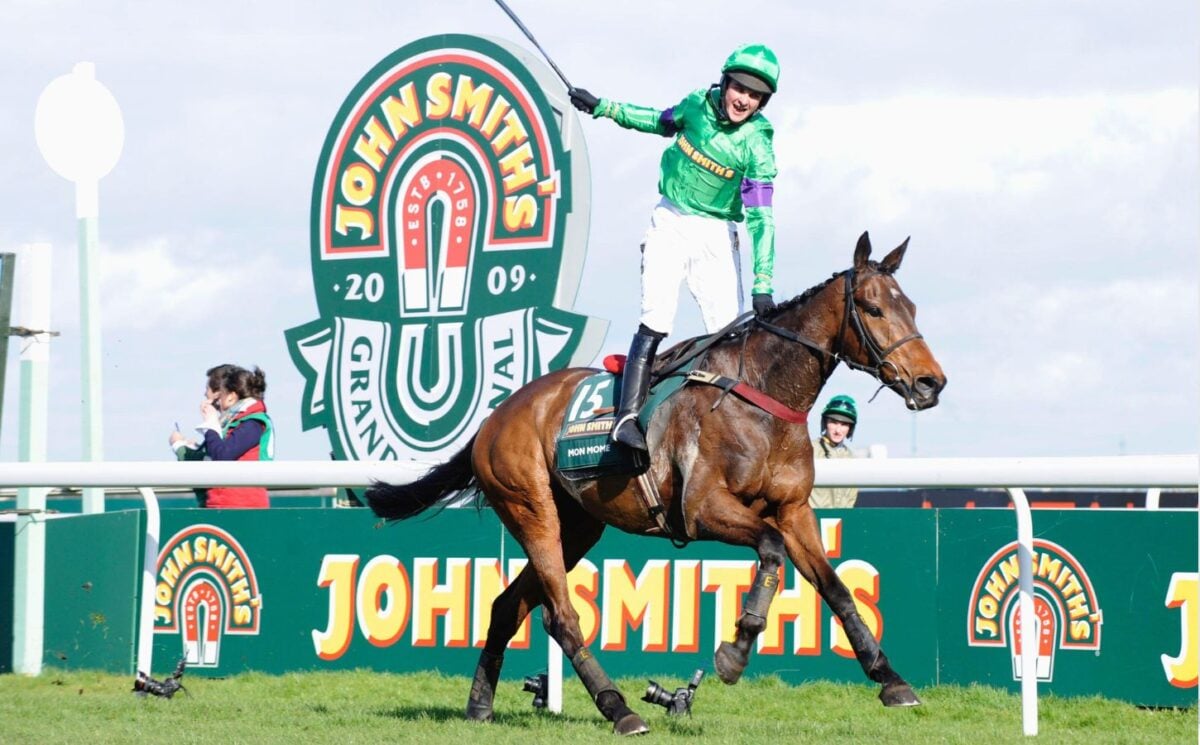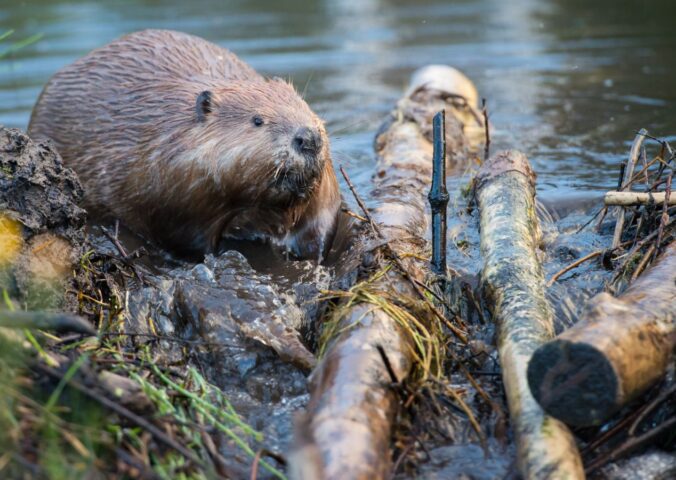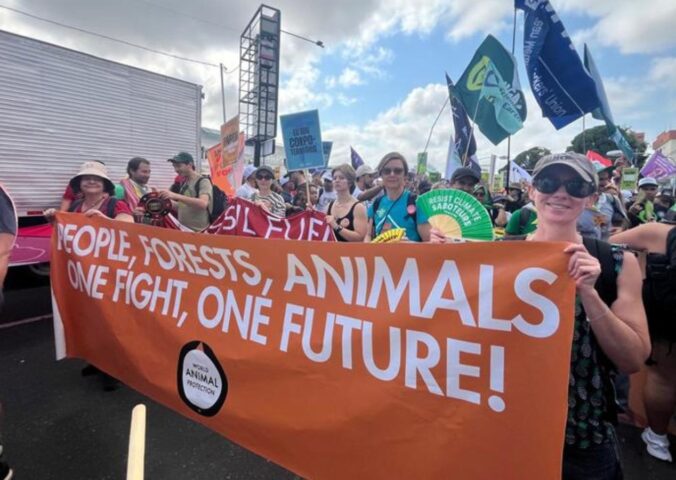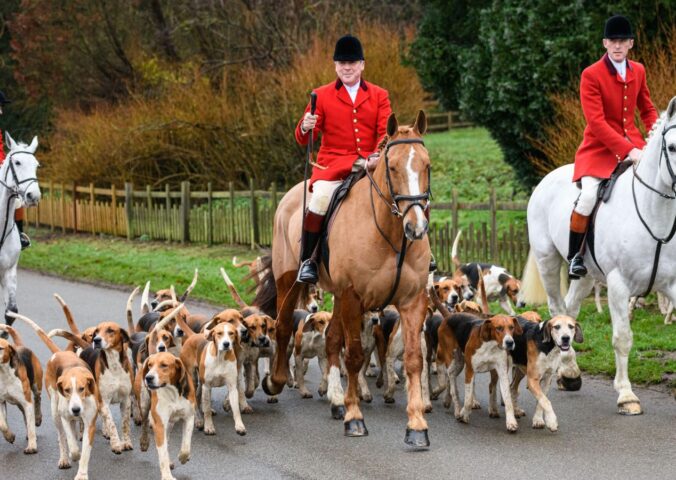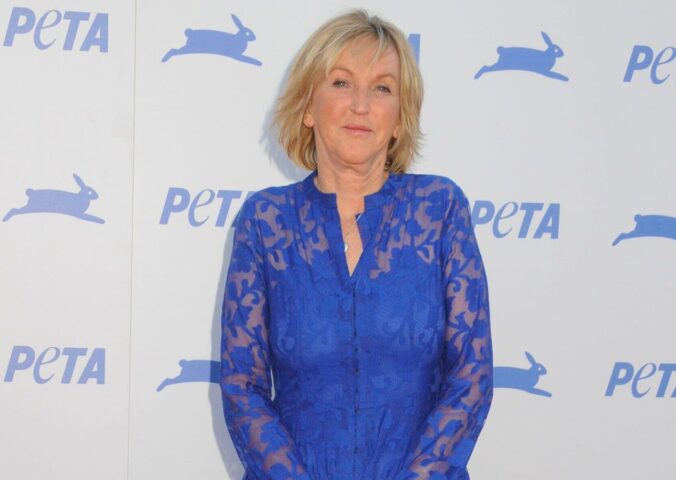In the run up to The Grand National meeting this week – a three-day event which has killed 63 race horses since the year 2000 – the racing industry has launched a new welfare campaign, Horse PWR. This initiative is undoubtedly a response to the growing attention the industry is facing in relation to race horse welfare, aftercare, and slaughter.
The campaign has slick graphics and a new website, but does it have any meaning?
Read more: Why Isn’t Horse Riding Vegan? Everything You Need To Know
Horse Deaths on race courses
Animal Aid has been campaigning to end horse racing for over two decades. This is an industry built upon the exploitation of animals. Any fatalities or injuries are excused by the industry as symptoms of the “inherent risk” involved in the sport – and in life. But whilst people can consent to the risks they take – such as when engaging in a dangerous sport – horses cannot. They are pawns used by the industry to make as much money as possible. And, crucially, would such “inherent risk” be so easily dismissed if 200 humans were dying each year within racing?
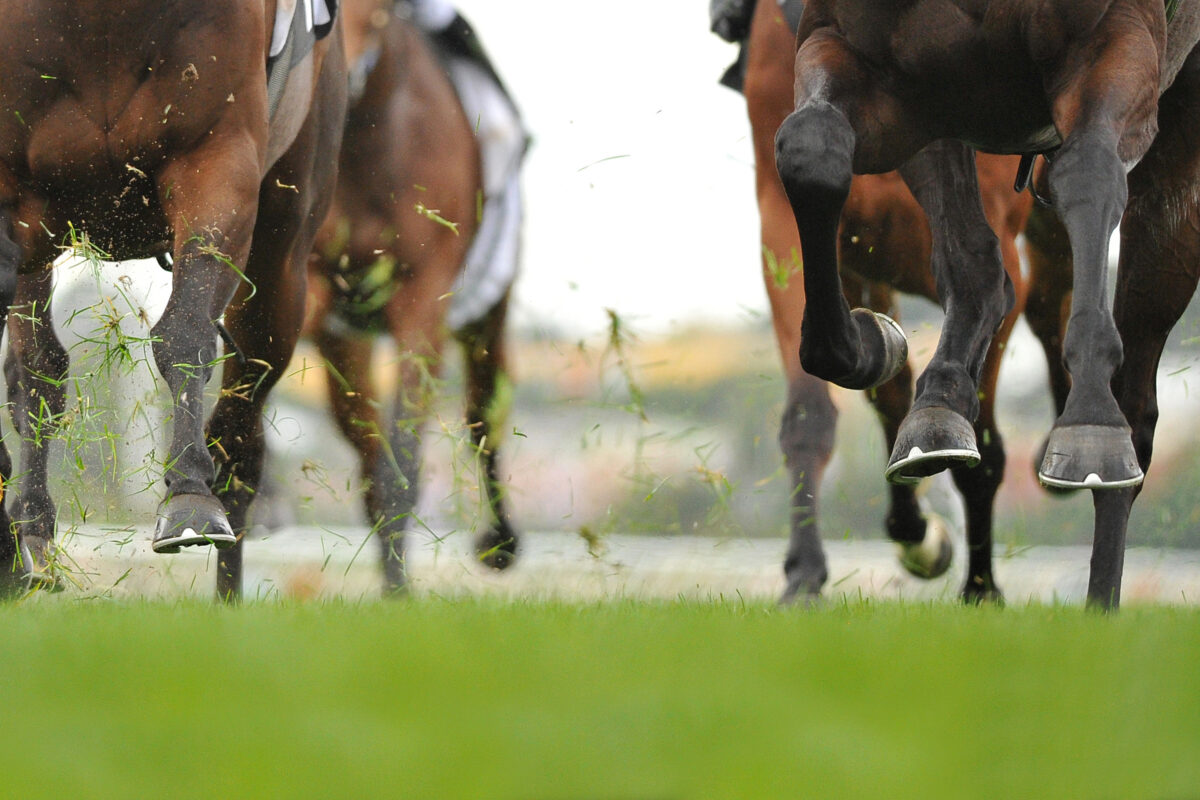
Last year, 175 horses were killed on British race courses. Racing injuries that kill horses include broken legs, broken necks, and heart attacks. This figure does not include the unknown number of horses who die in training or because they did not make the grade.
The aftercare of horses once they leave racing
Approximately 13,000 foals are bred each year across the British and Irish racing industries, in the hope of producing the “next big winner.” Many of these horses will never see a race course; most will not ever win a race.
The overbreeding of horses is a cataclysmic welfare issue. Roughly 7,500 horses leave racing each year – the same number who enter it.
The whereabouts of the horses leaving the industry remains largely a mystery. The results from a Thoroughbred Census, commissioned by the industry, were published last month. These results are being used to suggest that the majority of horses leaving the industry go on to lead “acceptable lives.” This census was voluntary, so again, ultimately meaningless.
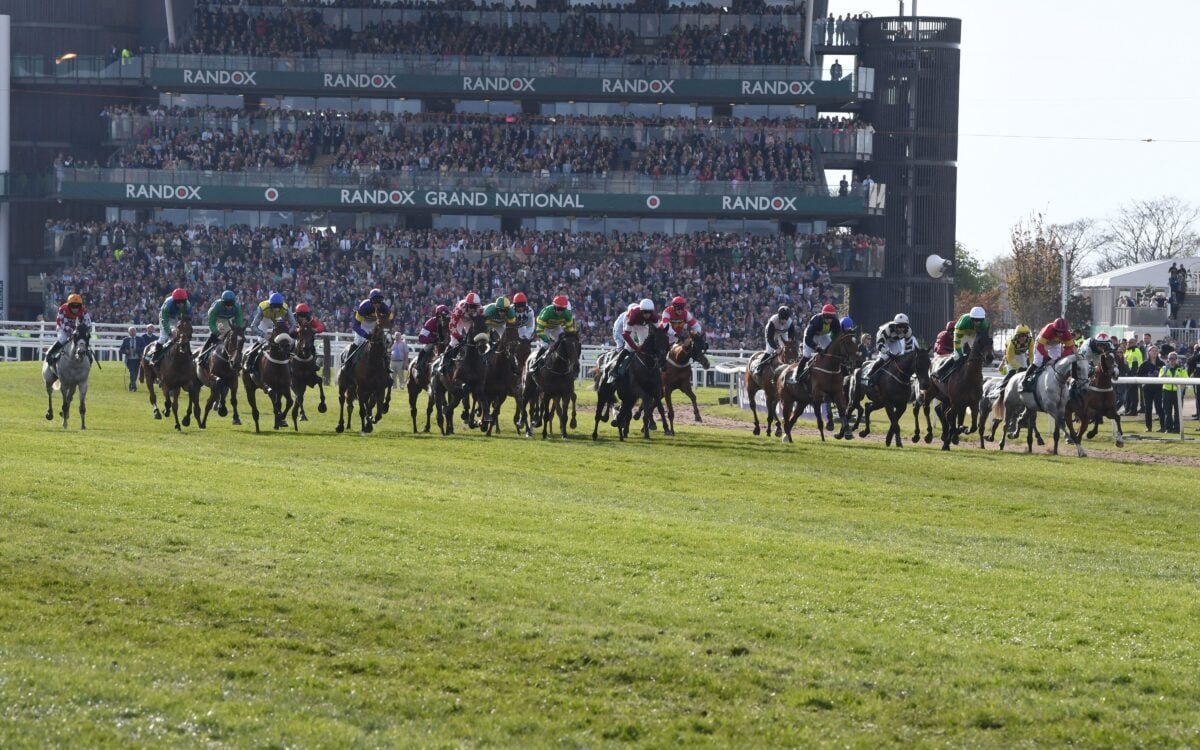
It is crucial to note that the many other disciplines that horses may be retrained into post-racing, can also be exploitative and restrictive – from one life of gruelling demand to another.
The last published public record of the fate of horses leaving British racing was a 2008 study, carried out on horses who left racing in 2006. This report used data from Weatherbys (which administers British racing) and was published in Horse & Hound magazine. The results were damning – 43 percent of horses were dead or could not be accounted for.
Currently, money allocated by the Horserace Betting Levy Board (HBLB) and the industry, for aftercare for race horses, equates to a pitiful £130 for each horse leaving the racing industry. This is why Animal Aid is amplifying George Eustice MP’s call for £12 million to be ringfenced by the HBLB for race horse aftercare. You can write to your MP and ask them to support this call here.
Race horses sent to slaughter in abattoirs
In July 2021, BBC Panorama’s The Dark Side of Horse Racing aired, featuring Animal Aid’s undercover footage of race horses being slaughtered. Vyta Du Roc, a race horse who had earned his owners £175,000 in prize money, was filmed being slaughtered just three months after his last race. This documentary caused shockwaves throughout the industry, which promised that, going forwards, no race horse running in Great Britain could enter the food chain, and thus could not be sold for slaughter to an abattoir.
That doesn’t mean that no race horses are being slaughtered, however. Information from the Food Standards Agency, released to Animal Aid through a Freedom of Information request, revealed that 175 race horses were sent to slaughter in England in 2023. Whilst they had passports from Weatherbys, which registers British and Irish bred race horses, we do not know if they ever actually raced in Great Britain. They may have been exported to be bred from, for example, raced elsewhere or never actually raced at all. It also found that 171 of those were killed for their meat. This is an increase compared to 2022 – where 148 race horses were slaughtered: 144 for their meat. Figures show that 1,428 race horses were slaughtered in Ireland in 2023.
Additionally, any spin that this is a form of “euthanasia” is nonsense. Euthanasia is typically carried out by a veterinarian, at the home of the horse in question. In contrast, these horses are enduring a frightening journey to the abattoir, full of alien smells and sounds, before being shot. Importantly, the main difference is that those who send their horses to the slaughterhouse will receive money for the meat. By being sent to slaughter, these horses are being squeezed for every last penny they can earn their owners. Exploited right through from birth to death.
And, if not sent to slaughter, there are countless other ways that horses no longer deemed of use to the industry are disposed of. These methods include: knackermen, who come directly to the horse’s training yard to kill and then take away their carcass; hunts, where young horses that the racing industry deem not suitable for racing are fed to hounds, and “elective euthanasia.”
Final thoughts
With the infamous Grand National race taking place this week – a race which has killed 16 horses since 2000 – the spotlight will be on the industry. The industry’s new campaign illustrates the growing public unease that racing horses is simply not ethical. Despite this slick new initiative, the truth remains that racing is dangerous, and the industry treats horses as expendable commodities. Horses are being killed for trying their best – whether that be on a racecourse, in their yard or in the slaughterhouse. The British Horseracing Authority (BHA), as the regulatory body for the industry, is letting horses down on a monumental scale.
The horse racing industry also echoes the wider prevailing myths that exist within society. A concept that horse racing is an idyllic tradition, one in which the country should be proud of, still circulates. Similar myths exist across all aspects of animal justice – from farming to the pet industry. Fundamentally, these systems of abuse continue because of engrained hypocrisy. We are taught to love some animals and eat others; to sit on some animals’ backs and whip them to a finish line, to welcome some animals into our homes but wear the skin of others. We are taught that an animal’s purpose is only dependent on the value we attribute them as humans. As the Horse PWR website states: “Racing gives these athletes a purpose”.
However, an animal’s purpose is not up to us to decide. All animals have rights which must be respected and protected. Behind the fairy tales, animals are being abused on an incomprehensible scale every day. But this can change.
Don’t believe the myths; the horse racing industry is exploitative, cruel and greedy. This sadistic excuse for a sport must be banned.
Read more: Crufts Cruelty: Why The Show Must Not Go On
